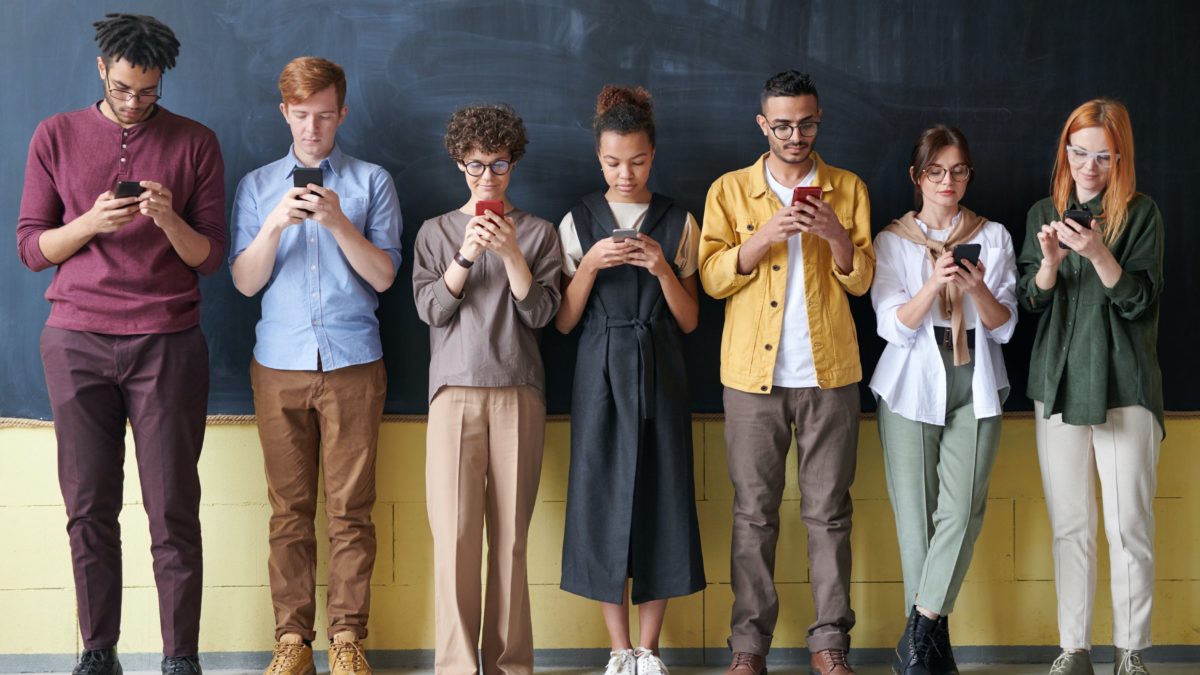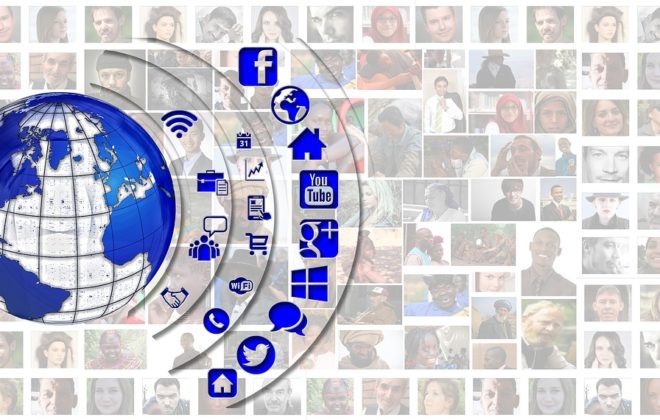How young adults use and perceive news in modern information environments—and how we can investigate it.
Young adults today live in a completely different media environment than their parents and grandparents—long gone is the time when media use was confined to selected times, places, providers, and modes of access. These changes not only affect how people watch movies or TV series but also how they interact with news and political information. Instead of watching BBC Newsat six o’clock in front of the television, one can easily follow their ‘stories’ on Instagram, on the smartphone in the subway, squeezed in between messaging with friends and playing mobile games. Among 18- to 24-year-old online users, social media are now the most important gateway to news and almost exclusively accessed with a smartphone.
New usage patterns, new definitions of news?
However, despite the ubiquity of news and almost unlimited possibilities to engage with current affairs information everywhere and every time, research has shown that news use and interest have been in decline—particularly among young adults. Besides, studies point to changing patterns of use that at least partly result from the characteristics of modern information environments. Especially on social media, news posts are often encountered ‘incidentally,’ are only one of many available types of content, and are subject to curation by friends and algorithms. These characteristics not only shape how news content is used but also what is perceived or defined as “news.” First studies indicate that people find it difficult to express what does (not) constitute news and uncover discrepancies between normatively charged perceptions of what news is/should be and personal experiences. Accordingly, in a recent research project, I was interested in changing patterns of news use among young adults and the implications for their definitions of news. Following prior empirical studies, I have chosen to adopt an inclusive conceptualization of news for this project, ranging “from ‘hard’ news stories about world or local affairs to ‘softer’ news stories that could include entertainment or sports.” However, the presented methodological approach is, of course, also applicable to ‘genuine’ political communication research.
Gaining insight into everyday experiences with news
If researchers aim to investigate the interplay of the aforementioned characteristics of modern information environments and users’ actual (i.e., non-manipulated) experiences with news, qualitative approaches and mixed-methods designs provide an understanding that laboratory experiments or quantitative surveys are unlikely to offer. Being interested in young adults’ everyday news use practices, I have thus relied on a unique combination of a ten-day diary study—realized via WhatsApp—and semi-structured qualitative interviews with overall 47 young adults (aged 18 to 24) from Germany. During the diary phase, the participants received two WhatsApp messages per day (noon/evening) that asked them to report on aspects such as their whereabouts, what kind of news content they have encountered in which channel and from which provider, or whether they purposefully turned to the news to inform themselves. To do so, they could use a text template that could be copied from the WhatsApp message or send a voice message. After an initial analysis of the diary findings and a subsequent personalization of the interview guide, the qualitative interviews were conducted. These were not only used to contextualize and deepen the findings on news usage patterns but also to assess individual definitions of “news.” This unique mixed-methods design allowed me to (1) gain insight into when, where, and how participants inform themselves about current events on a daily basis, (2) identify typical news usage patterns, and to (3) recognize whether these patterns might be related to users’ definitions of “news.” Although this study was undoubtedly quite laborious and time-consuming in both the data collection and data analysis phase, it was well worth it to get a more holistic view of what it means to use news today.
Experiences with using WhatsApp for research
While the idea of using mobile applications for diary studies or surveys is certainly not a novelty, researchers have just recently started to use messaging apps such as WhatsApp for conducting (qualitative) research. Being already integrated into young adults’ everyday lives, WhatsApp was the perfect choice to easily reach participants during the day and to create a familiar communicative context. Indeed, in the qualitative interviews, participants stated that it was “very convenient,” particularly as they were not obliged to “log into an app or fill in spreadsheets” to give their answers—some even said they “had fun” and found it personally interesting to track their daily news habits. Furthermore, there was almost no decline in responses, suggesting that participants’ motivation was high during the entire diary period. Having had experiences with the response rate in other kinds of mobile survey research, this was certainly a pleasant surprise. Moreover, as participants were not limited to a restricted set of answers, individual interpretations and perceptions could be accounted for, allowing insights into personal news routines even before the qualitative interviews. From my point of view, the presented approach is particularly suitable if researchers are interested in the use of (political) information and media in peoples’ everyday life as well as the situational dependencies of this use. As WhatsApp and other messaging apps also allow to easily share pictures, videos, screenshots, links, or even locations, and to express feelings with emojis and GIFs, participants are enabled to not only share to what (kind of) information they are exposed to, but also where they have encountered it, how they perceived it, and what kind of reaction it provoked.

Anna Sophie Kümpel
Dr Anna Sophie Kümpel is a post-doctoral researcher in the field of communication and currently working at the Department of Media and Communication at LMU Munich. Most of her research deals with the use, dissemination, and perception of news and political information in algorithmically curated online environments, especially social media.




